Promoting Energy Justice on the Navajo Nation: Merging the Ancient with the Modern
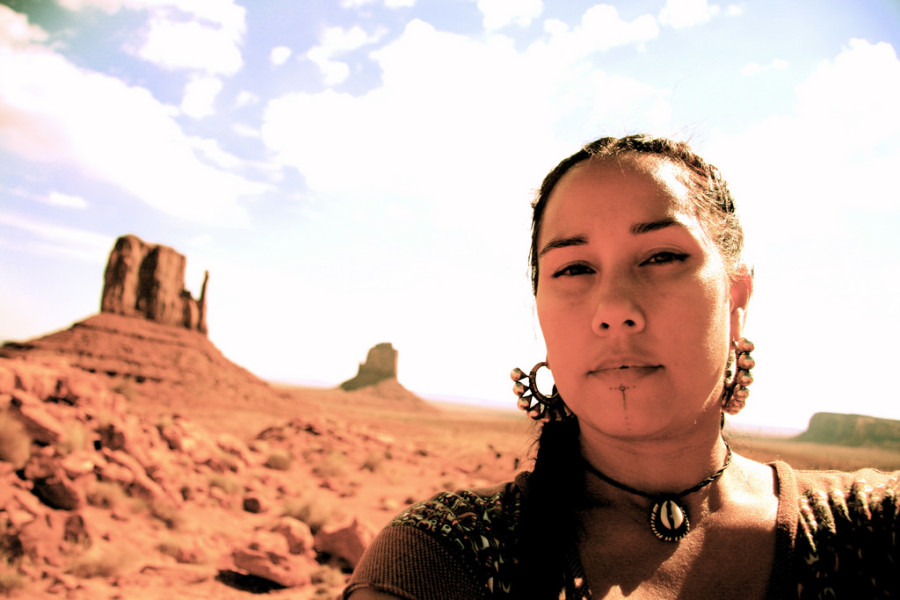
Women’s Earth Alliance,
Art/Design Direction
Across these long empty roads, amidst red mesa plateaus and small desert towns, I hold my camera in hand as my mind’s fingers trace the edges of horizons lined with rock formations that seem to have been intentionally carved out by Nature’s hands. Every now and then I spot rural properties with traditional tepees and hogans (sacred, traditional Navajo homes) built alongside old, run-down houses, reminding me of the spiritual preservation that still exists despite modernization’s detrimental influences.
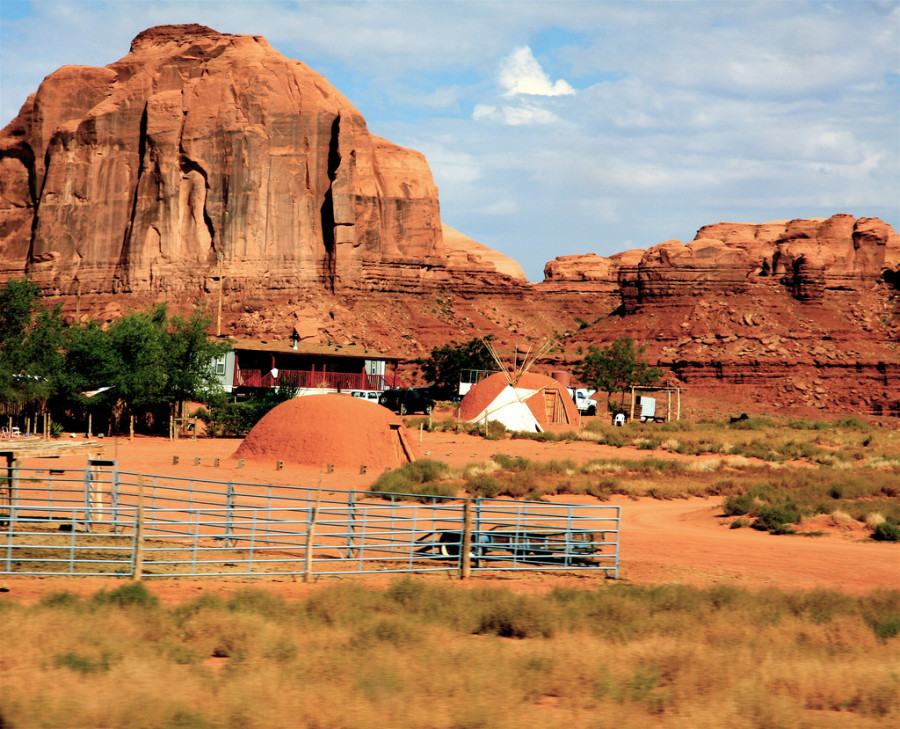
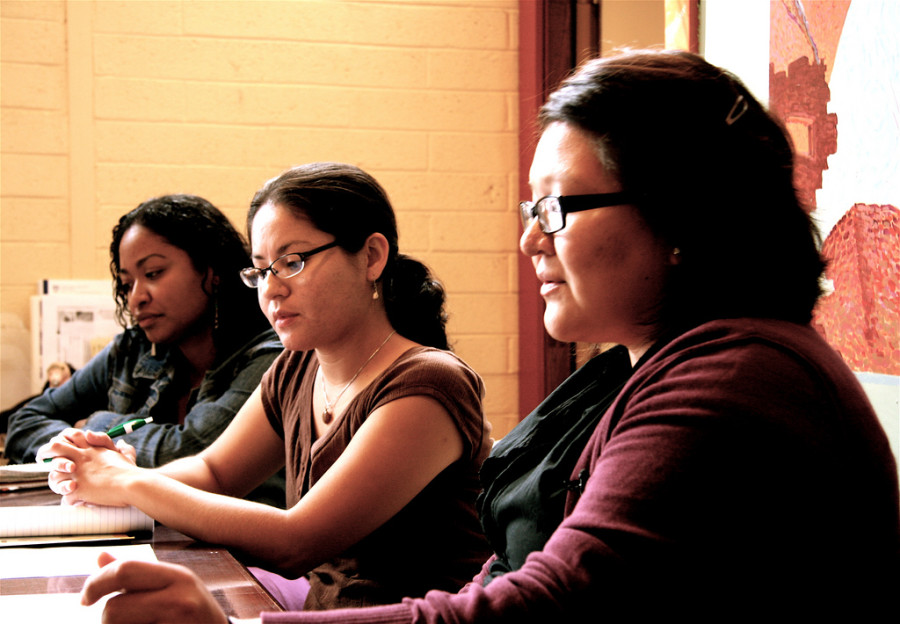
The Navajo Nation continues to work toward removing these dirty energy corporations from their land, but are faced with a number of challenges that have required a well, thought-out strategy. With a complex tribal judicial system, and an unemployment rate that is over 40% higher than the U.S. national unemployment rate during the Great Depression, the fact that a large percentage of mining employees are Dine’ has played a partwithin the establishment of the “Just Transition Campaign” — “an innovative, proactive plan to transition tribal economy, employment, and energy off fossil fuel extraction and onto a sustainable renewable energy path.”
We, as a human race, have fallen into a deep dependency, not only upon fossil fuels, but upon a consumerist mentality in general that is deeply disconnected to the wholeness of life’s cycles. What will it really take to fulfill this transition integrally, without fallinginto the same pattern of feeding our luxuries at the expense of sacred resources or the wellbeing of other cultures?
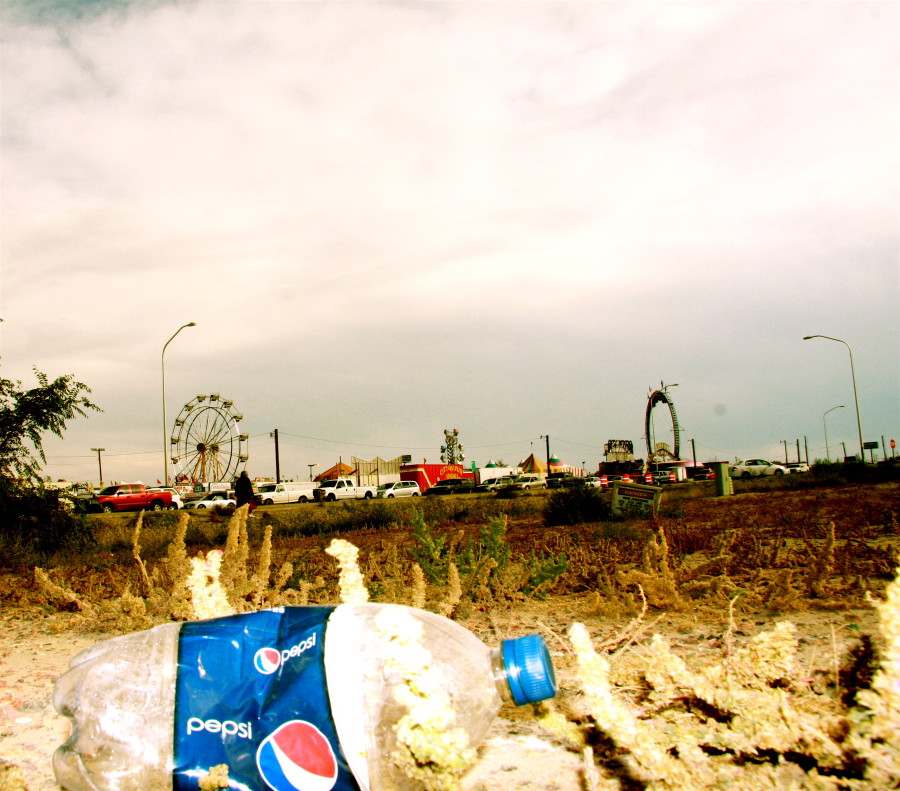
Wahleah Johns of Black Mesa Water Coalition addressed this concern well, mentioning a conversation she had with author and environmentalist, Paul Hawken, regarding the study of the life cycle of a leaf in association to creating an innovative design of solar panel that maintains an integrity and sensitivity to nature. It is very typical, to install a wind farm or solar project without regard to the impacts along the way, i.e.: toxically made solar panels that require the continuance of mining for metals to manufacture them, while exposing the manufacturers to cancer causing agents, requiring large amounts of water from endangered, pristine aquifers to keep them clean.
This is a perfect example of how easy it can be to jump on the bandwagon to the “next new thing” yet once again, without realizing the impact that good intentions may cause. There is a deep-seated pattern that resides within both the dirty energy enterprises and rising “green” businesses.
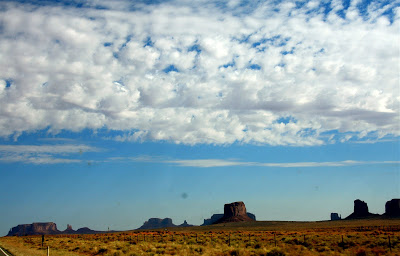
It is inevitable that modern thought and technology are bound to advance, but it is not an advancement if we do not truly consider the impact that our actions may have upon the land, our fellow communities, the youth and the next 7 generations yet to come. I am choosing to listen to and support these Navajo organizations that are leading the way toward a deeper green movement — one that doesn’t merely replace all of our goods with new ones, but a movement that is geared toward shifting our mental capacity to be more aware of the web of life, with a deeper understanding of sustainability. Within the topics of innovative solutions and renewable energy technologies, may this understanding be at the forefront of every discussion, for it is through the persistence of educating and reminding each other of this piece, that we are bound to a make the mental shift, and integrate this way of thinking into everything we do. Aho.

Lovin this wholeheartedly,Sistar Niklia!I know the only reason there are 0 comments on this phenomenal blog page is cause ya left em speechless!
bless,
zoe
Thank you for this wonderfully written and thoughtful article.
Regarding the "large coal and uranium mining enterprises upon the Reservation", is it really the judicial system that is at fault? The allowance of mining rights comes through the BIA as I understand it, and seems to be an issue of agency policy and trust reform, vs. an issue for the courts.